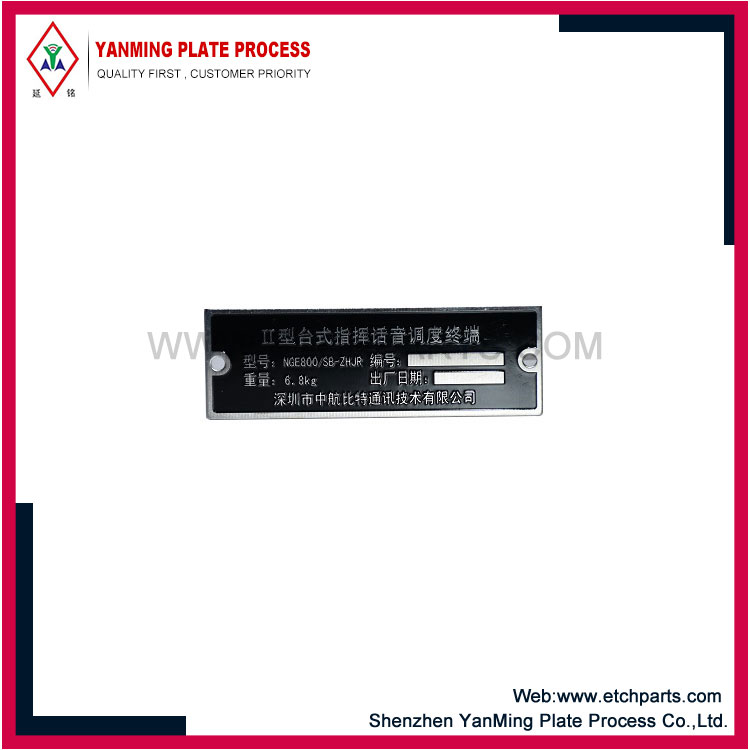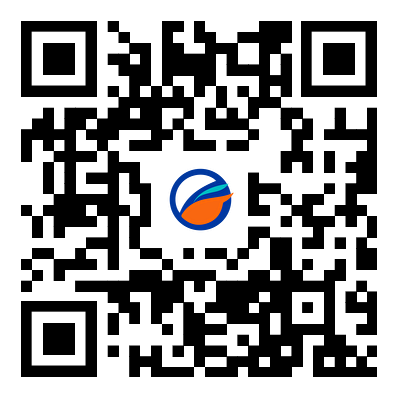Manufacturing Process of Anodized Aluminum Asset Labels
2024-06-15
Anodized aluminum asset labels are durable identification tags used to mark and track assets in various industries. These labels are made from anodized aluminum, a material that offers superior resistance to corrosion, wear, and environmental factors. Here is a detailed overview of anodized aluminum asset labels, including their features, manufacturing process, applications, and benefits.
Key Features:
1. Durability: Resistant to abrasion, chemicals, and extreme temperatures, making them suitable for harsh environments.
2. Corrosion Resistance: The anodizing process enhances the aluminum's natural resistance to corrosion.
3. Customizability: Available in various sizes, shapes, colors, and designs to meet specific identification needs.
4. Legibility: High contrast and clear markings that remain readable even after prolonged exposure to harsh conditions.
5. Security: Difficult to tamper with, providing a reliable method for asset tracking and management.
Manufacturing Process:
1. Aluminum Preparation: The aluminum is cut into the desired shape and size for the labels.
2. Anodizing: The aluminum is anodized by immersing it in an electrolytic solution, which thickens the natural oxide layer on its surface.
3. Dyeing (Optional): The anodized layer can be dyed in various colors for aesthetic or coding purposes.
4. Sealing: The anodized layer is sealed to lock in the dye and enhance the durability of the label.
5. Printing/Engraving: Information such as barcodes, serial numbers, company logos, and other details are printed or laser-engraved onto the label.
6. Adhesive Application: A strong adhesive backing is applied, allowing the labels to be easily attached to assets.
Applications:
- Industrial Equipment: Labeling machinery, tools, and equipment to track maintenance schedules and usage.
- IT Assets: Marking computers, servers, and other electronic devices for inventory management.
- Medical Devices: Ensuring proper identification and tracking of medical equipment and instruments.
- Aerospace: Labeling components and parts used in aircraft and spacecraft to ensure traceability and compliance.
- Logistics and Warehousing: Identifying and tracking goods, pallets, and containers throughout the supply chain.
- Government and Military: Managing assets in government facilities and military bases, ensuring accountability and control.
Benefits:
- Longevity: Withstand years of exposure to harsh conditions without losing readability or integrity.
- Traceability: Enhance asset management by providing a reliable means of tracking and identifying assets.
- Cost-Effective: Reduce the need for frequent replacements, lowering overall asset management costs.
- Compliance: Aid in meeting regulatory and industry standards for asset identification and tracking.
- Professional Appearance: Offer a high-quality, professional look that can be customized with logos and branding.
Maintenance Tips:
- Regular Inspection: Periodically check labels for signs of wear or damage, especially in extreme environments.
- Cleaning: Clean labels with mild detergents and avoid abrasive cleaners that could damage the surface.
- Adhesive Check: Ensure labels remain securely attached and reapply adhesive if necessary.
Summary
Anodized aluminum asset labels are a robust solution for asset identification and tracking across various industries. Their durability, resistance to harsh conditions, and customizability make them ideal for maintaining asset records and ensuring efficient management. By understanding their features, applications, and maintenance needs, organizations can effectively utilize these labels to enhance their asset management processes.



